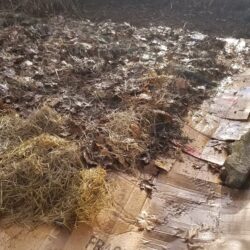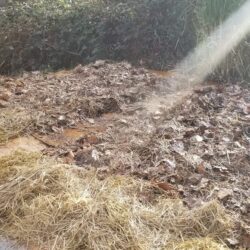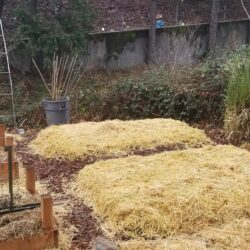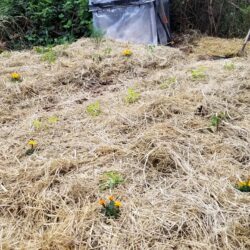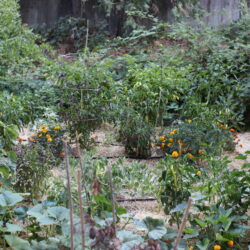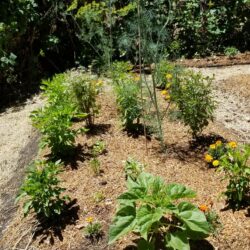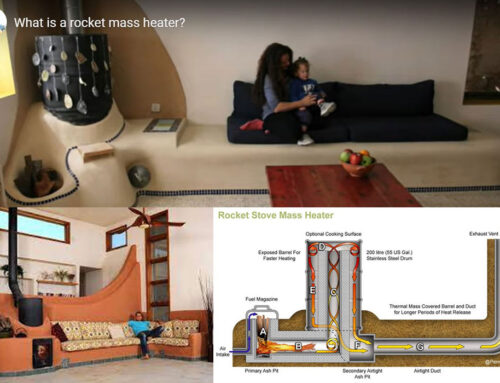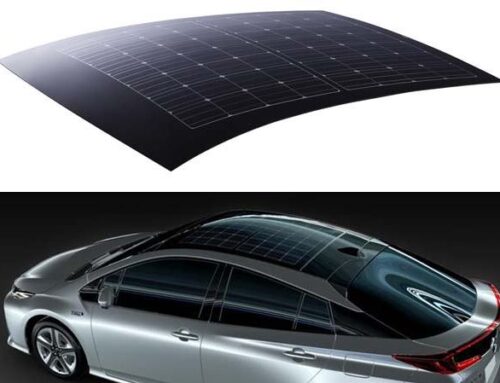This article was written by our very own SEG Superstar Staff Author, Mandy Meier.
No Dig Gardening
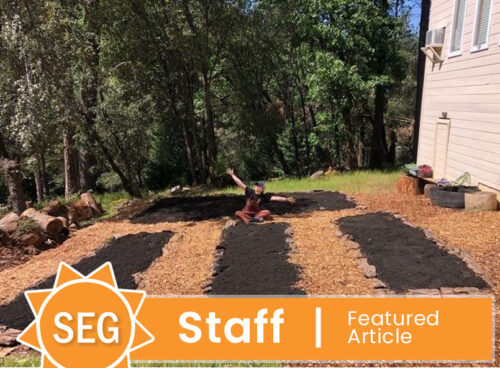


Hello Plant lovers. I am extremely passionate about Gardening. When I am not working at SEG, I am reading seed catalogues, seeding for the coming season, and watching over my many plant babies. As a Grass Valley resident, I was very frustrated with the hard and dry clay that is native here. This is when I discovered the no dig gardening method. After three years of no dig gardening, I am often surprised that more people do not know about this wonderful technique.
What is No Dig Gardening?
No Dig, or no till gardening is just what the name describes: not disturbing the soil with digging or tilling. The practices of no dig gardening are centered around organic solutions that promote the health of the many tiny organisms and insects which create thriving, alive, rich soil conditions.
No Dig Gardening Method Practices Are:
- No tilling or digging the soil
- Weed blocking under each bed
- Beds built with layers of material
- Planting into compost
- Topping beds with Compost, annually/seasonally
- Topping beds with organic matter
- Organic feed/ fertilizers only
- Organic Pest control, (if needed)
I immediately saw the benefits of this practice in my own yard as my native soil was transforming.
What happened to my native soil beneath the beds and why should you consider ditching the rototiller?
Benefits of No Dig Gardening
- Organic fertilizers and manual pest control efforts do less damage to the soil and soil inhabitants.
- Soil left undisturbed by till or shovel contains billions of life forms which make up one of the most diverse microbial ecosystems
- A healthy microbial ecosystem lessens plant stressors including pests and drought
- Weed blocking beneath the beds decreases future disturbances to the ecosystem
- Compost is rich in nutrients and organic materials that feed bacteria and insects needed for the health of the microbial ecosystem
- Topping / mulching with organic matter protects the surface of the soil from heat and retains water
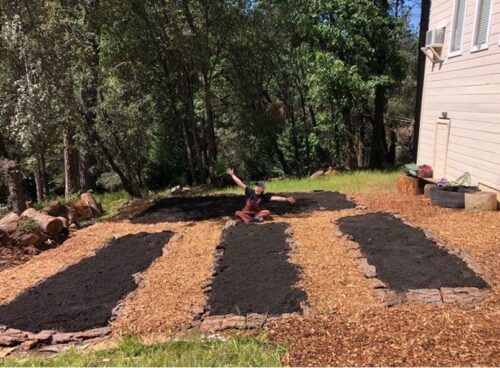


No Dig really does mean less work overall.
The Garden requires less watering as the soil structure is not torn and dug repeatedly, resulting in good water drainage and retention. There are less weeds to pull as the weeds have been blocked from the start. A healthy microbial ecosystem also contributes to greater harvests with less loss due to pests and disease
Learn from the Pros:
Charles Dowding: ‘No dig compared to dig’ YouTube Video
–
No dig gardening might sound drastic; While you do not need to throw away all your shovels, you can retire your rototiller.
You can also use other methods of gardening that are gentle to the soil and its natural hosts. You can plant, for example, by pushing into the soil to create a space for the new plant and then adding more compost to secure the plant rather than digging soil from the bed to make the space.
More from the pros:
Morag Gamble: ‘How to Make a No Dig Garden’ You Tube Video
–
Joe Lamp’l: ‘Understanding the Soil Food Web’
Article and Podcast: www.joegardener.com/podcast/understanding-the-soil-food-web/
–
Overall, No Dig gardening equals less work, greater harvests, and a chance to leave the soil in a much healthier state than found.
This is my definition of a win; will you join me in the no dig revolution?
In the next newsletter, I am excited to share how my family built our most recent no dig garden. We will also show how we made it deer proof!
##


